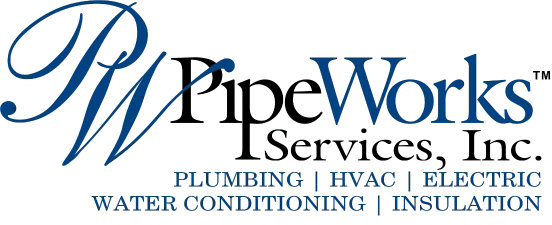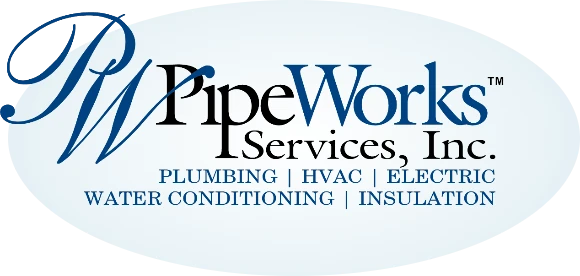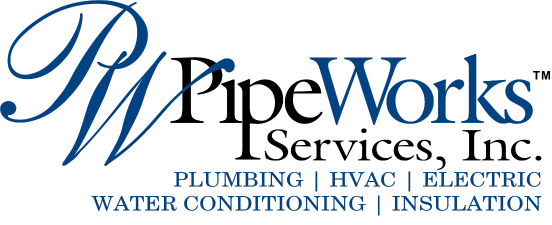The forced-air system of heating and cooling is the original equipment of residential HVAC technology. In most homes, a central system for heating and cooling — a central A/C unit or heat pump plus a gas-fired furnace — makes up the standard lineup for delivering household comfort. Other alternatives include space heaters, radiators, or hydroponically heated floors. However, the conventional method of moving heated or cooled air through the house with a forced-air system is still the default HVAC technology in most homes.
Here are the basic elements:
A forced-air furnace uses natural gas combustion or electric resistance to heat air. Standard-efficiency gas furnaces draw combustion air from the interior of the house while high-efficiency furnaces draw air from outside into a sealed combustion chamber. Combustion byproducts such as gases and fumes are safely exhausted through the furnace vent.
A central air conditioner or heat pump incorporates an air handler containing an evaporator coil. Compressed refrigerant circulating through the coil extracts heat from household air as it is drawn over the coil by the blower. The cooled air is then drawn into the supply ducts and conveyed throughout the house.
In a home both heated and cooled by a heat pump, the pump extracts heat from the outside air and brings it inside. The ductwork in a forced-air system consists of supply ducts and return ducts. Supply ducts deliver heated or cooled air to rooms while return ducts convey the air back to the air handler to be filtered, then cooled or heated again.
In a properly sized system, a neutral air balance is maintained: Supply air enters the room at the same rate return air is drawn out of the room. Other technology incorporated into forced-air ductwork may include a whole-house air filtration unit, a humidifier, or a dehumidifier. Both the central air conditioner and furnace in a forced-air system are controlled by one or more thermostats located in the home. When the room temperature drops below or exceeds the thermostat setting, the thermostat signals the furnace or air conditioner to cycle on and raise or lower the temperature appropriately.
Pipe Works Services is the preferred HVAC and plumbing provider of northern New Jersey homeowners since 1998. Please contact us for sales, service, or advice about your forced-air system. Our goal is to help educate our customers in Chatham, NJ, and surrounding areas about energy and home comfort issues (specific to HVAC systems).




